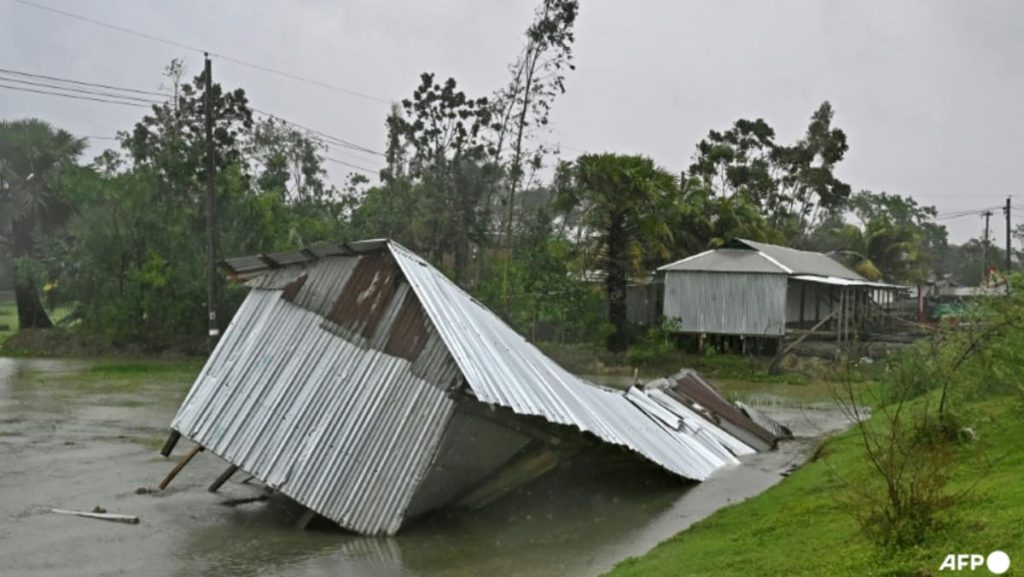Cyclone Remal, a severe storm that hit Bangladesh and parts of India, caused considerable damage and devastation. The storm brought heavy rains, storm surges, and winds that led to the destruction of homes, farmland, and freshwater fish farms. More than 3.75 million people were affected by the cyclone, with thousands of homes destroyed or damaged. The rapid formation of the cyclone was attributed to the impact of climate change, according to experts monitoring the situation.
The cyclone resulted in tragic deaths, with at least 17 people reported dead in Bangladesh and six in India. Some individuals were crushed by collapsing buildings, drowned, or electrocuted by falling power lines. The destruction caused widespread power outages affecting millions of people, causing additional challenges for recovery efforts. Despite the loss of lives and property, the death toll was significantly reduced due to improved forecasting and evacuation planning in the region.
The impact of Cyclone Remal highlighted the ongoing threat of climate change on coastal communities and ecosystems. The storm demonstrated the vulnerability of coastal areas to extreme weather events, such as cyclones, which are becoming more frequent and severe due to climate change. The Sundarbans mangrove forest, a vital ecosystem straddling Bangladesh and India, played a crucial role in lessening the impact of the storm by dissipating its force. However, the mangrove ecosystems are also at risk due to climate change, deforestation, and pollution, posing a threat to their ability to mitigate storm impacts in the future.
The devastation caused by Cyclone Remal prompted a large-scale response effort to provide aid, rescue, and support to affected communities. Government agencies, humanitarian organizations, and volunteers worked together to evacuate people, provide emergency supplies, and restore power to affected areas. The storm highlighted the importance of preparedness and resilience in the face of climate-related disasters, urging policymakers to prioritize climate adaptation measures and environmental conservation efforts to mitigate future risks.
The experience of Cyclone Remal underscored the urgent need for global action to address climate change and its impacts on vulnerable communities. The increased frequency and severity of extreme weather events, such as cyclones, pose significant challenges for coastal regions and populations, necessitating comprehensive adaptation strategies and investment in sustainable development practices. By enhancing climate resilience, reducing greenhouse gas emissions, and protecting critical ecosystems, countries can mitigate the risks associated with climate change and build a more sustainable future for all.
In conclusion, Cyclone Remal serves as a stark reminder of the growing threat of climate change and the urgent need for collective action to address its impact on communities and ecosystems. The response to the cyclone demonstrated the resilience and solidarity of communities in the face of adversity, as well as the importance of investing in climate adaptation measures and disaster preparedness. As we witness more frequent and severe weather events due to climate change, it is essential to prioritize environmental conservation, sustainable development, and global cooperation to build a more resilient and sustainable future for all.













